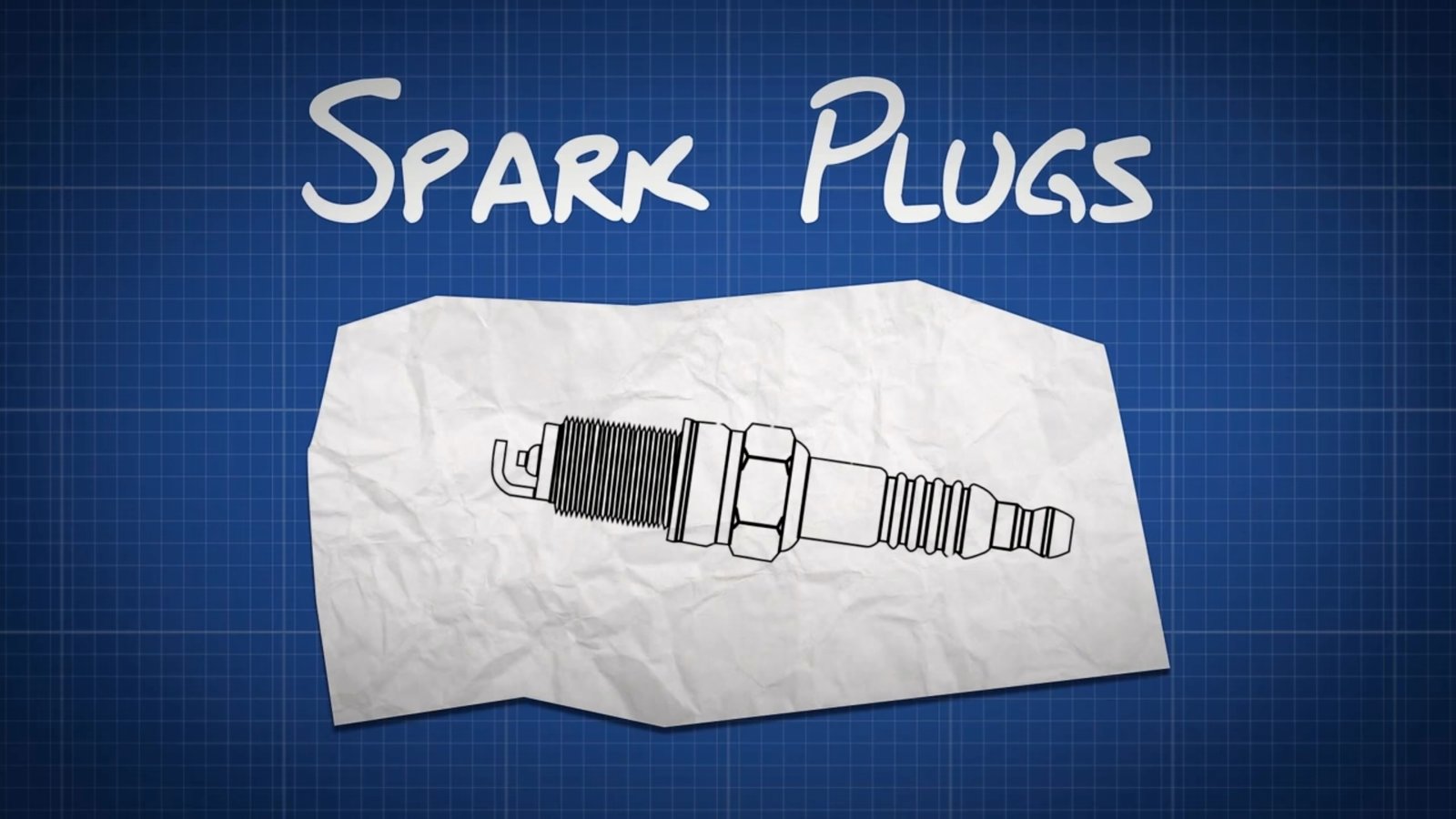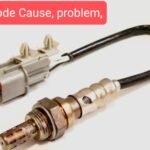A spark plug is a part that is always included in gasoline cars and is an important part that plays the role of ignition to combust gasoline. If the spark plug deteriorates, it will significantly impact acceleration and fuel efficiency. Also, problems with the spark plug can make it challenging to start the engine. However, many people need to be more careful about spark plug maintenance. So let me explain about Spark Club.
Table of Contents
What is a spark plug?
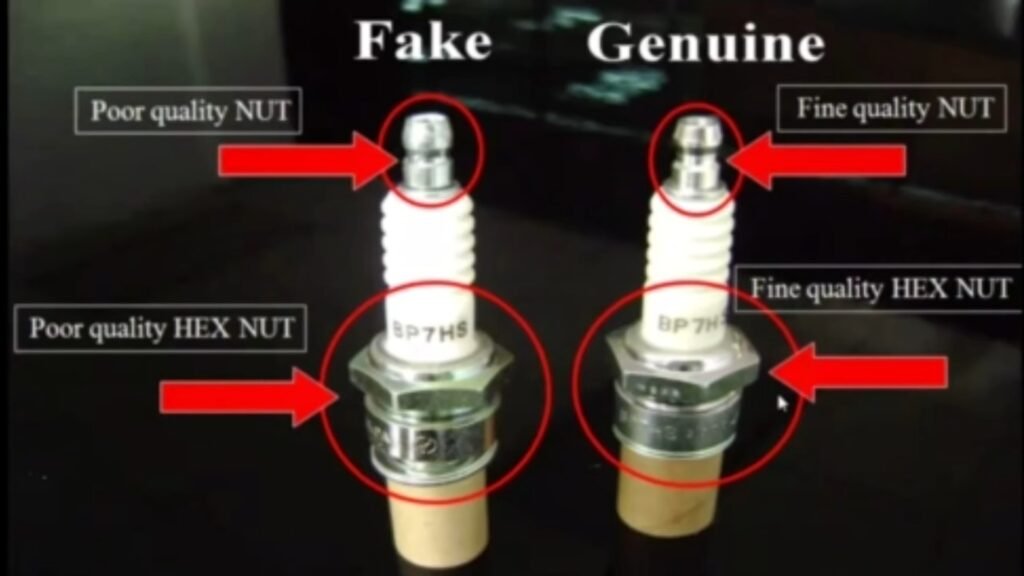
Spark plugs have the role of ignition, which is necessary for a car’s engine to run, and if they deteriorate, the engine will not start at worst. To avoid damaging your precious car, let’s learn about the role and lifespan of spark plugs.
Role and mechanism of spark plug
The engine of a gasoline car runs by igniting the fuel, gasoline. A spark plug is a part that plays the role of a lighter that ignites gasoline and is also called a spark plug. A car engine starts when a mixture of gas and air explodes, but the mixture cannot ignite. The spark plug emits a spark that ignites the gasoline and mixture, causing the engine to run.
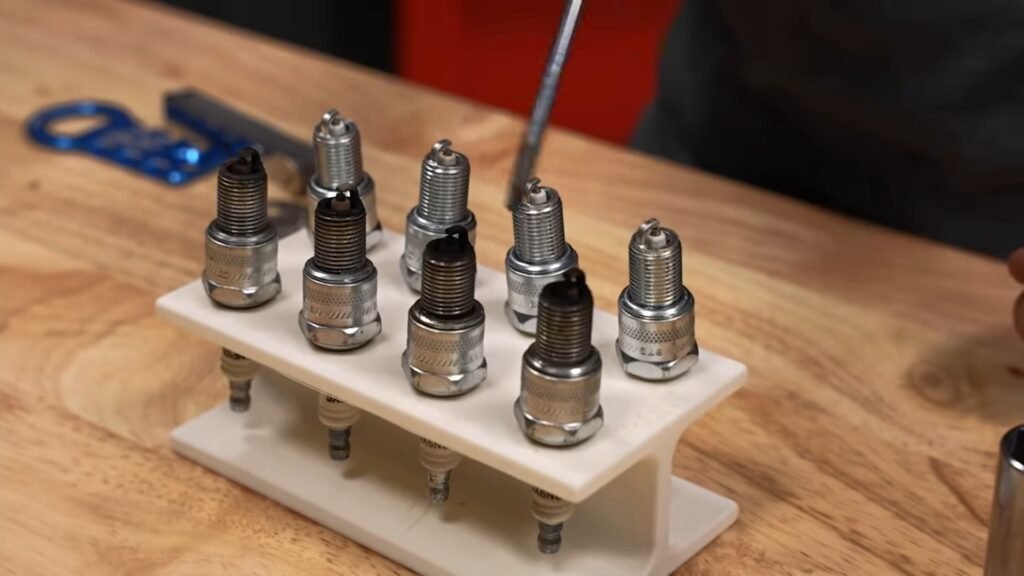
Inside the engine, the engine operates through four cycles: (1) “Suction,” (2) “Compression/Ignition,” (3) “Explosion/Expansion,” and (4) “Exhaust.” The spark plug has the role of (2) “Ignition.”
A car engine is often compared to the “heart of the car,” but the spark plug that ignites the engine can also be called the “heart inside the engine,” the spark plug must maintain normal condition. I understand.
How long does a spark plug last? When should I replace it?
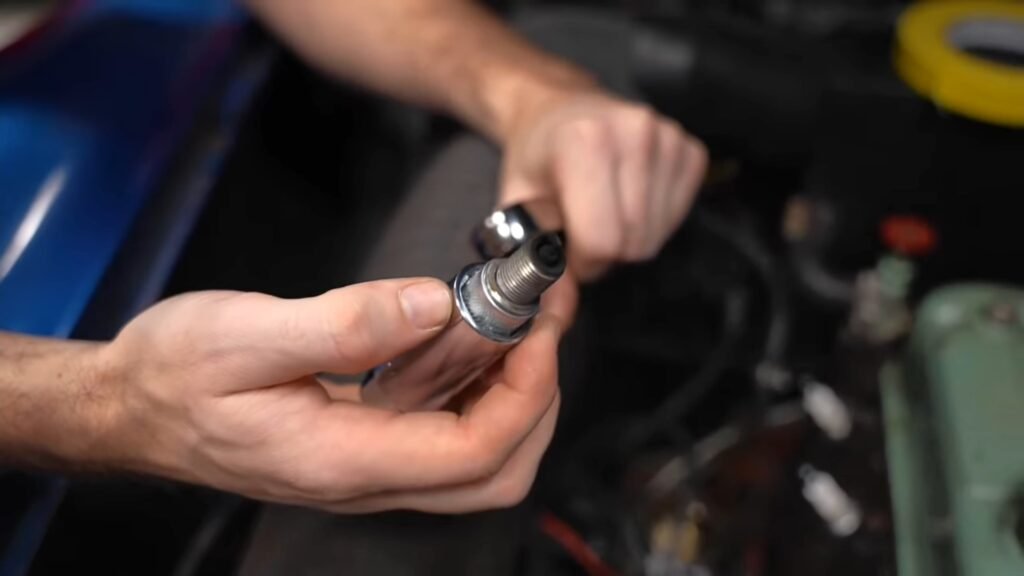
Spark plugs perform the ignition process thousands of times per minute in your car’s engine and are under great stress. Spark plugs are consumable items, and as they deteriorate, the spark will become weaker, making it impossible to burn gasoline stably, and the mixture and various problems will occur, so replacing them with new spark plugs is necessary. Is.
Spark plug types
A spark plug’s durability depends on the electrode material used at the tip.
· ①General plug: Nickel alloy is used as the electrode for the spark, called a resistor plug.
· ②Platinum plug: Platinum alloy is used for the sparking electrode, making it highly durable.
· ③Iridium plug: Iridium is used for the sparking electrode, and it has excellent durability, the electrode can be made thinner than platinum and has high sparking performance.
Estimated replacement time
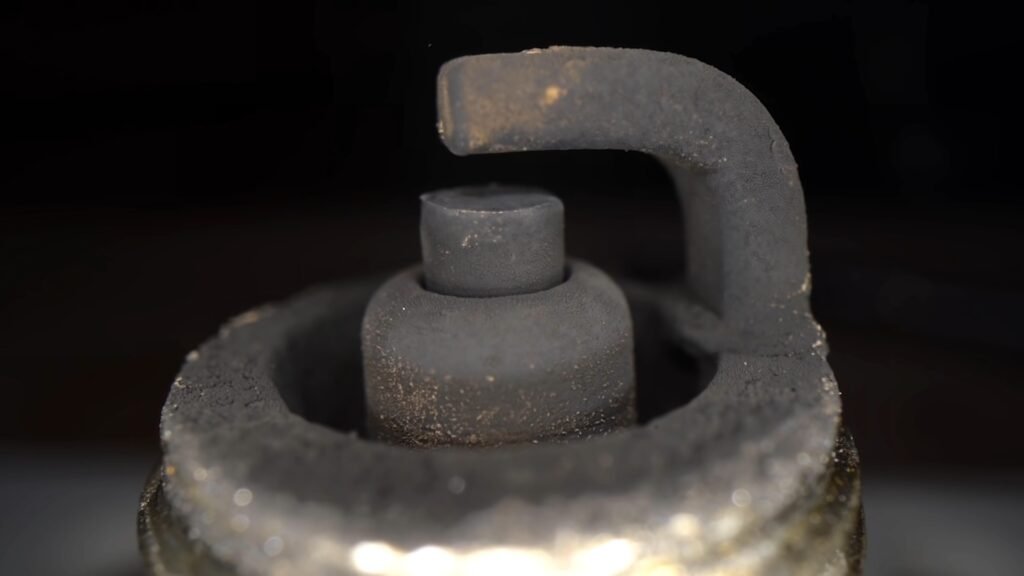
Incidentally, the replacement period for spark plugs is based on the mileage, and in the case of standard plugs, it is said to be 15,000 to 20,000 km for four-wheeled vehicles, 7,000 to 10,000 km for light cars, and 3,000 to 5,000 km for two-wheeled vehicles. It has a long lifespan and lasts up to 100,000km for four-wheeled cars. *1
Estimated replacement distance for general plugs, platinum plugs, and iridium plugs
| 4 wheel vehicle | 15,000~20,000km |
| Light vehicle | 7,000~10,000km |
| two wheeler | 3,000~5,000km |
| Estimated replacement distance for platinum plugs (long life type) and iridium plugs (long life type) |
| 4 wheel vehicle | ~100,000km (Note) |
| two wheeler | There are no settings |
It also affects fuel consumption
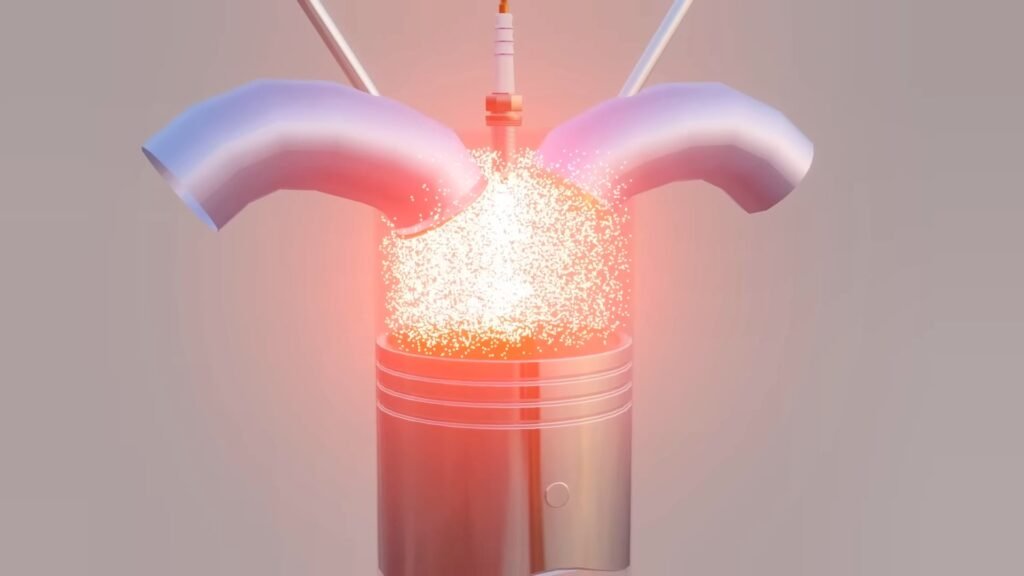
When a spark plug deteriorates, fuel consumption, acceleration, engine running becomes poor, idling becomes unstable, exhaust gas is affected, and in rare cases, problems such as the engine not starting can occur. If you continue to drive in this condition, you may be involved in an accident. Make sure to replace it at the appropriate time.
How to replace a spark plug
If you notice any of the symptoms mentioned above, such as your car’s engine not starting or accelerating slowly, it may be time to replace your spark plugs. Therefore, we will explain how to replace the spark plug.
Check your car’s spark plugs.
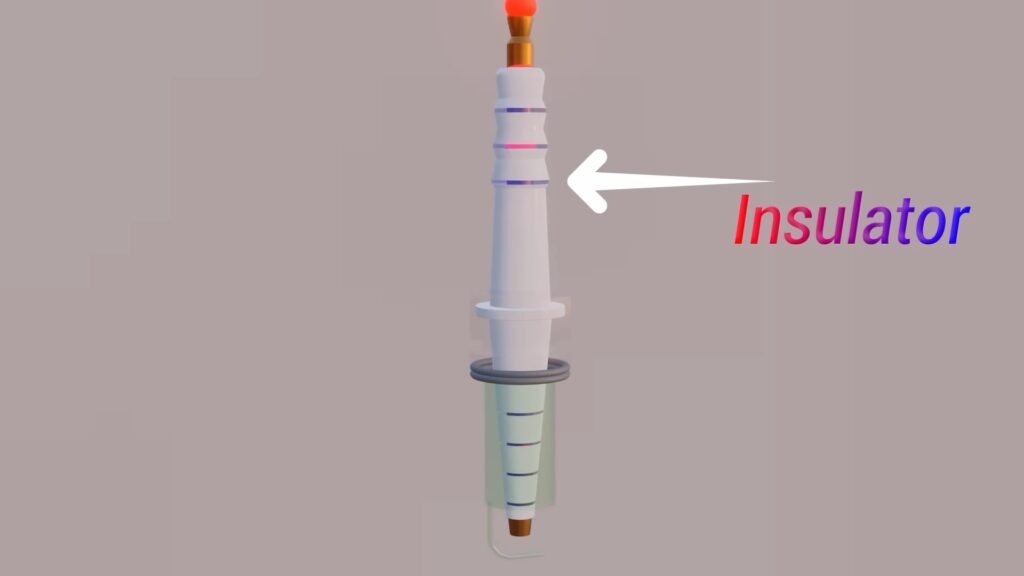
There is a general replacement period for spark plugs, but it is only a guideline, so you must visually check the spark plug to determine when it is time to replace it. If you feel that the engine is malfunctioning, such as poor fuel efficiency, acceleration, or engine running, check the condition of the spark plug, and if the electrode is worn out or has oil or carbon attached, immediately check it. Let’s replace it with. It is recommended that you check the condition of the spark plugs and have them inspected during your vehicle inspection every two years.
The spark plug is located inside the engine, and in some car models, it is relatively easy to remove it. If you like tinkering with machines or are used to car maintenance, please refer to the following.
Where do I get spark plugs? What type and amount?
Leading manufacturers of spark plugs
Most of the spark plugs used in Japanese cars are NGK or DENSO.
①NGK
NGK is a manufacturer founded in 1936. We manufacture automotive engine parts, including spark plugs. NGK spark plugs are known for their high durability and stable performance. We also manufacture plugs made of high-performance materials such as platinum and iridium, also used in high-performance and racing vehicles.
②DENSO
DENSO is an automobile parts manufacturer founded in 1949. DENSO spark plugs are made of high-performance materials such as iridium and platinum, contributing to longer life and improved fuel efficiency. Additionally, DENSO has a track record of doing business with various automobile manufacturers and provides spark plugs suitable for each vehicle model.
Spark plugs can be easily purchased at car parts stores, home centers, or online. Check the compatibility charts on the websites of spark plug manufacturers Denso and NGK to confirm the model number that is compatible with your car before purchasing. As mentioned above, the types of spark plugs are:
- Commonly, resistor plugs.
- Platinum plugs that use platinum alloy for electrodes have excellent ignitability and durability.
- Spark plugs that use iridium alloy for electrodes to ignite.
Iridium plugs are the most durable and durable. The higher the performance of spark plugs, the more expensive they become. Still, they are generally sold at reasonable prices, with register plugs costing around a few 0.67$ each and platinum plugs and iridium plugs costing around 7.23$ to 19.98$ each. You can buy it.
How to replace spark plugs
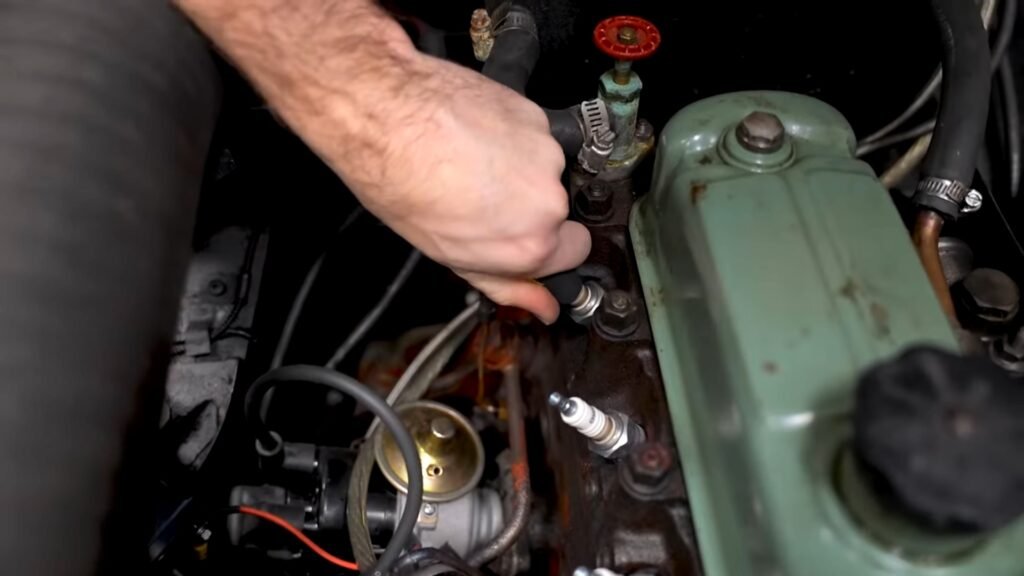
・Let’s prepare the tools
Prepare a plug wrench if you want to replace the spark plug yourself. Plug wrenches can be easily purchased at home centers. There are 16mm and 22mm spark plugs, but you need to find out which size spark plug your car has before purchasing. Spark plug compatibility charts are available on the websites of plug manufacturers such as Denso and NGK, so check the spark plug size for your car before purchasing. Also, prepare a flathead screwdriver and ratchet wrench.
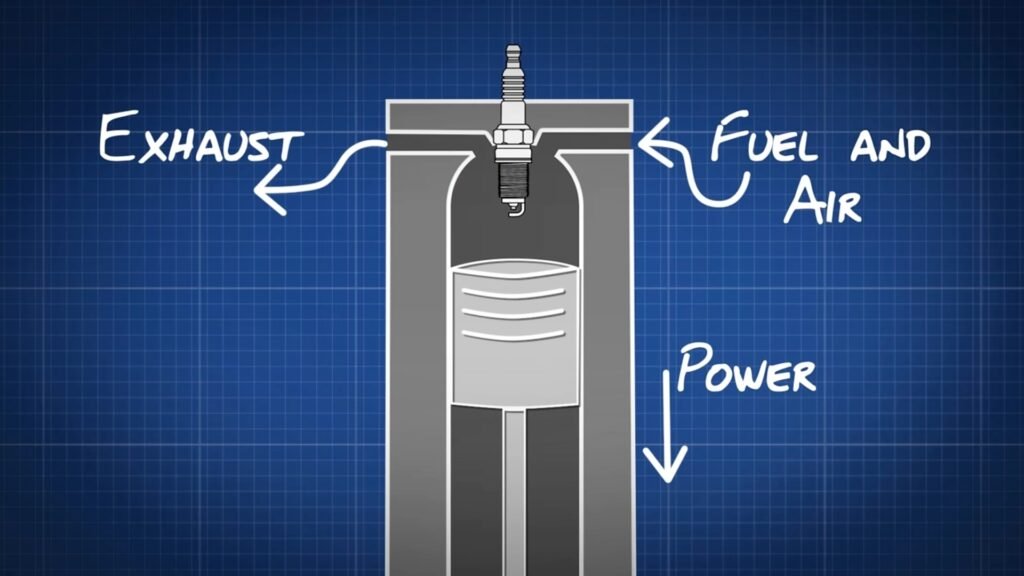
・Remove the spark plug
First, remove the engine cover. Use a flathead screwdriver to undo the clasp and pull up. Remove dust and oil from the ignition coil. Once clean, remove the ignition coil using a ratchet wrench. Then, you will see the spark plug in the back, so insert the plug wrench vertically into it, and once it is firmly seated, connect the ratchet wrench to the plug wrench and turn it to loosen the spark plug. Then, slowly remove it as you would draw a bolt.
・Install the spark plug
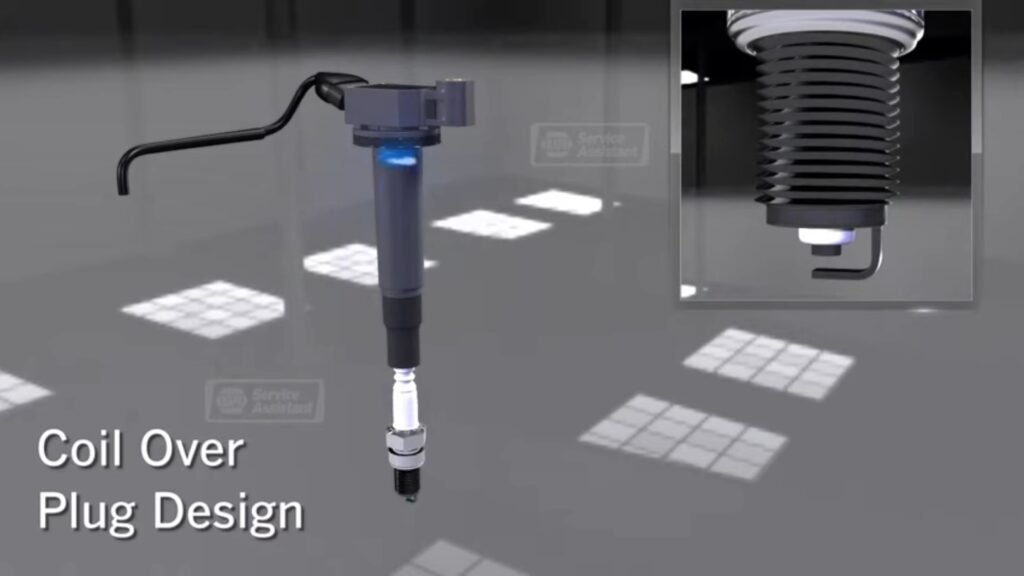
Place the new spark plug in the plug wrench and insert it into the hole in the coil. Then, tighten firmly with a plug wrench. Then, put the ignition coil back in, and you’re done. After replacing one spark plug, be sure to replace the other one.
The cost of hiring a professional

We also recommend having your spark plugs replaced by a professional. Many people need to improve at tinkering with machines, and the reality is that many cars require the removal of various parts to get to the spark plug. Above all, if a spark plug is not installed correctly, multiple problems can occur in the engine. If you are worried about installing the spark plug yourself, it is wise to do it by a professional at a repair shop without hesitation.
When replacing a spark plug at a maintenance shop, etc., the cost will be the total cost of the spark plug and labor. The average labor cost is around 6.66$ per cylinder, so for a 4-cylinder car, the spark plug fee (assumed to be 6.66$ each) and labor will be about 53.27$. However, the labor charges vary depending on the shop and car model, so check beforehand.
If the spark plug deteriorates, it will cause various problems to the engine, such as fuel consumption and acceleration, making it impossible to drive stably. During the worst-case scenario, your engine might not start, or you might be involved in an accident, so check it regularly and replace it if necessary.
FAQ’s
What happens if the spark plug breaks?
When a spark plug deteriorates, fuel consumption, acceleration, engine running becomes poor, idling becomes unstable, exhaust gas is affected, and in rare cases, problems such as the engine not starting can occur. If you continue to drive in this condition, you may be involved in an accident. Replace it as soon as possible.
What are the symptoms when your car plug is malfunctioning?
The engine will not start. If the spark plug is faulty, no matter how hard you press the engine start button, the engine will only make a squeaking noise and will not start. If only one spark plug is faulty, the engine may start, but you must be aware that other problems may occur, such as poor idling or stalling.
What happens if you replace the spark plug?
Even though it is not necessary to replace spark plugs during vehicle inspection, there is a reason why replacing them is recommended. This is because by replacing deteriorated spark plugs with new ones, you can promote complete combustion of gasoline, suppress variations in engine rotation, stabilize idling, and expect smoother acceleration and improved fuel efficiency.
What are the signs of a spark plug failure?
Symptoms of plug cord failure include decreased fuel efficiency, unstable idling, and uneven acceleration.
What are the symptoms of an overheated plug?
If the plug temperature is too high, the color will turn white or gray as if it had been bleached. It can also be said that the plug is overcooked due to abnormal combustion (pre-ignition). In this state, the outer and center electrodes will melt, and you may see metal particles attached or granular irregularities on the plug’s electrode surface.
What causes spark plugs to break?
Causes of spark plug failures include adhesion of burnt residue such as carbon and sludge and electrode damage. Repeated short-distance driving causes carbon and sludge to accumulate on the spark plug, causing a phenomenon called plug fogging and causing problems. Breakage of the electrode part occurs due to high loads being applied to the electrode part or harsh usage environments.
